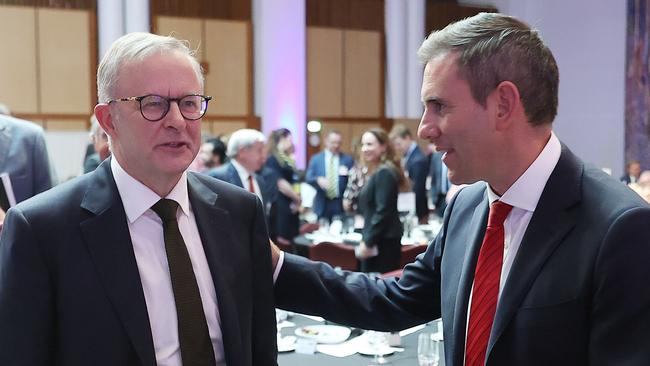
Election 2022 is the most important moment in Labor history since Kevin Rudd’s excitement-laden majority win in 2007, conspicuous for being Labor’s only majority government victory at the last nine national elections.
One out of nine majority wins is a truly dismal result pointing to a long-denied ALP systemic crisis. For years Labor has thrived at state level but succumbed at the national level. Yet polls enshrine Anthony Albanese as the undisputed frontrunner for the election next month, a status inconceivable just 15 months ago.
Labor’s great hopes conceal an inner flaw – that its polling lead is more about rejection of Scott Morrison than confidence in Albanese. The final 48 hours will be the ultimate test. Insiders expect Labor to lead throughout the campaign, but if Morrison prevails he will win the doubters in the final 48 hours, even on voting day. Morrison wins only at the finish post, no other way.
Labor has far more at stake in this election than the Coalition, which chases a fourth term. Labor cannot tolerate yet another defeat – that would constitute its fourth loss on the trot in this phase of chaotic Abbott-Turnbull-Morrison government. It would mean losing a second successive poll it was expected to win, with all the psychological damage this would inflict. It would mean Labor had formed majority government at only one of the last 10 elections.
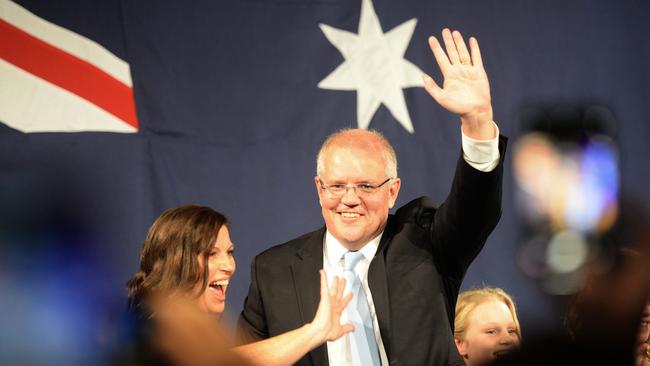
At this point Labor’s position is more formidable than in 2019. The three main post-budget polls reveal Labor’s strength after its 2019 humiliation being reduced to 33.3 per cent of the primary vote. Newspoll now has Labor’s primary vote at 38 per cent, the Ipsos poll comes in at 35 per cent and the Resolve Political Monitor is at 38 per cent.
They show a primary vote Labor lead over the Coalition of two points, four points and four points respectively – compared with the Coalition’s 2019 primary vote win over Labor of eight percentage points. The turnaround is huge and has been entrenched for months. The polls will tighten but they point to a potentially comfortable ALP victory given its guaranteed share of Greens preferences.
Labor insists the election will be tight. But terror lurks just below the surface. Defeat would be especially damaging because Albanese has run a disciplined, non-ideological, “safe change” and modest-target agenda cutting back on Labor’s progressive dreams, ditching its 2019 tax increases for individuals and repressing its tax/spending automatic economic reflex.
The party has worn this self-denial as the price for office. But if the bowl is broken on election night, recriminations will run wild.
When he devised these tactics Albanese could not have dreamt of the success they would enjoy to this point. A week after the budget – designed to make economic policy the dominant election issue and put Labor under pressure – Albanese feels virtually no pressure whatsoever. His budget reply was an act of tactical contempt for the government, running on aged care but offering nothing new on how Labor would run the economy.
In his press club speech yesterday opposition Treasury spokesman Jim Chalmers followed the script – Labor’s economic details will stay under wraps until Labor is ready to release them. Despite its pre-election budget with a sound political-economic balance, the government struggles to set the agenda.
For much of the media the more compelling story is the assault on Morrison’s character from within his own ranks – a story that is really about Liberal disintegration in NSW. Labor’s virulent assault on Morrison’s character through the final months of last year has delivered a devastating bonus – it has cracked open internal hostility towards Morrison, raising the spectre of internal decay.
The more Morrison’s personal defects are highlighted, the more support will grow for independents running in once-safe Liberal blue-ribbon seats, on platforms heavy with gesture and morality, arguing the Liberals have betrayed their heritage.
The government is under attack on multiple fronts – from Labor in marginal seats, from progressive independents in their safest leafy seats and in the regions from conservative populists. The independent movement, financed by Simon Holmes a Court’s Climate 200 group, is a strike at Liberal identity – hostile to Morrison, it aims to seize seats from the government, destroy the conservative wing of the party and drive the Liberal Party into a progressive reinvention.
Pivotal to any Albanese victory is whether he merely falls across the line and – finishing up in minority government – is hostage to the crossbench.
This would risk repeating the Gillard experience after 2010 when minority government became a political death sentence three years later.
Albanese was an astute parliamentary manager during that 2010-13 era. His skill as a minority prime minister, if this eventuated, should not be underestimated. But for Labor any change of government needs to result in a majority government. Sure, people can argue a win is a win is a win – but minority government would only announce Labor’s weakness.
It would be seen universally as a vote against Morrison, not a vote for Labor. It would compromise and weaken a new Labor government from the outset and suggest yet another period of national government bedevilled by uncertainty and lacking a majority in either chamber. Albanese needs majority government as his foundation to convince.
The bigger risk is an election dominated by the branding denigration between Morrison and Albanese with policy the subject of huge noise but little substance. The danger is an election that ducks the vital policy issues to harness votes – with the political class intimidated by a fickle, cynical and risk-averse public.
Chalmers nominates five economic themes in Labor’s first term – clean energy, skills investment, accessible childcare, the digital economy and a “made-in-Australia” industry priority. This is a meaningful but profoundly safe agenda in political terms.
At the same time, he seeks to purchase flexibility in office – Labor won’t be bound by a tax cap, won’t be tied down by structural spending reform, won’t offer ambition on any return to surplus, won’t reopen the GST deal with the states and won’t promise to retain the government’s temporary cost-of-living measures. The message is safety first, incremental change.
Labor cannot be criticised for wanting to win, given its recent history. The question becomes: if Albanese does win, what is the nature of his government? Its policy mandate will be modest. Its senior ministers, having lived through the Rudd-Gillard era, will shun any repeat of that event. Yet Labor’s DNA always demands a substantial reform agenda – where does that come from at a time when governing is harder than before? Just ask Morrison.


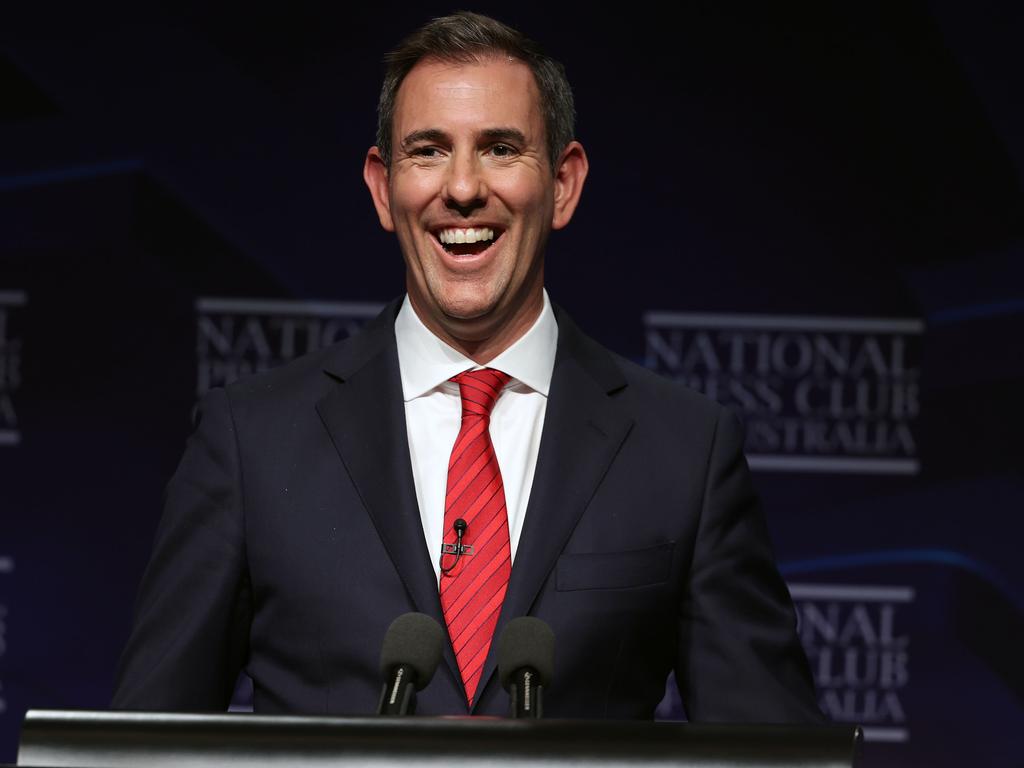
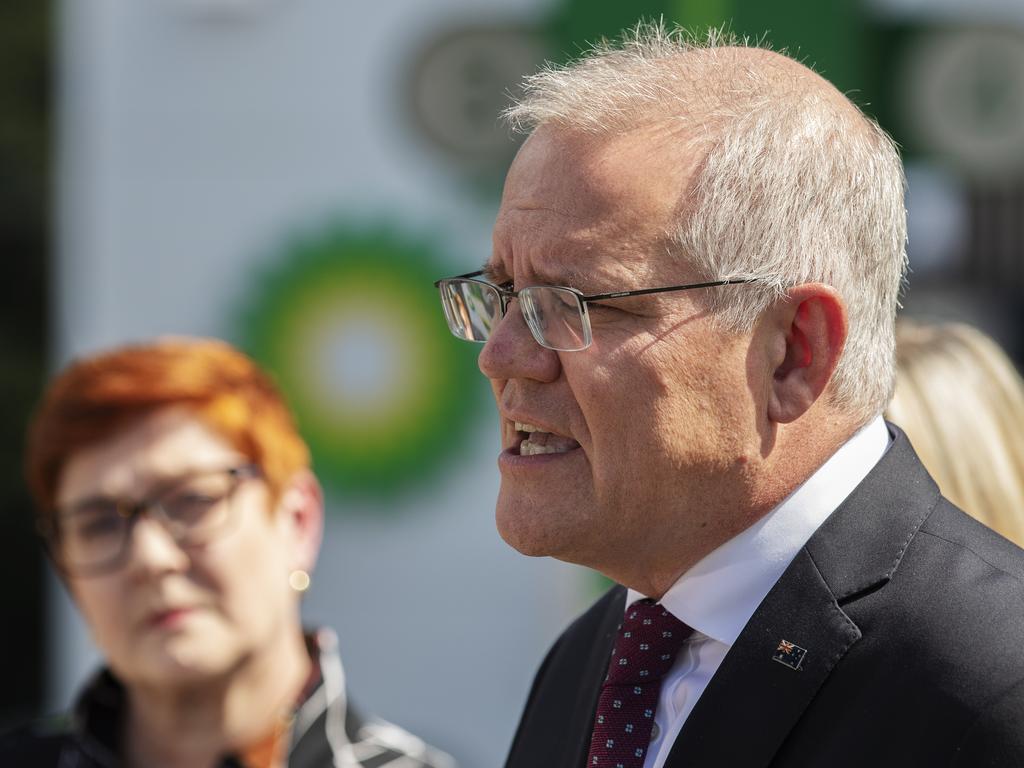

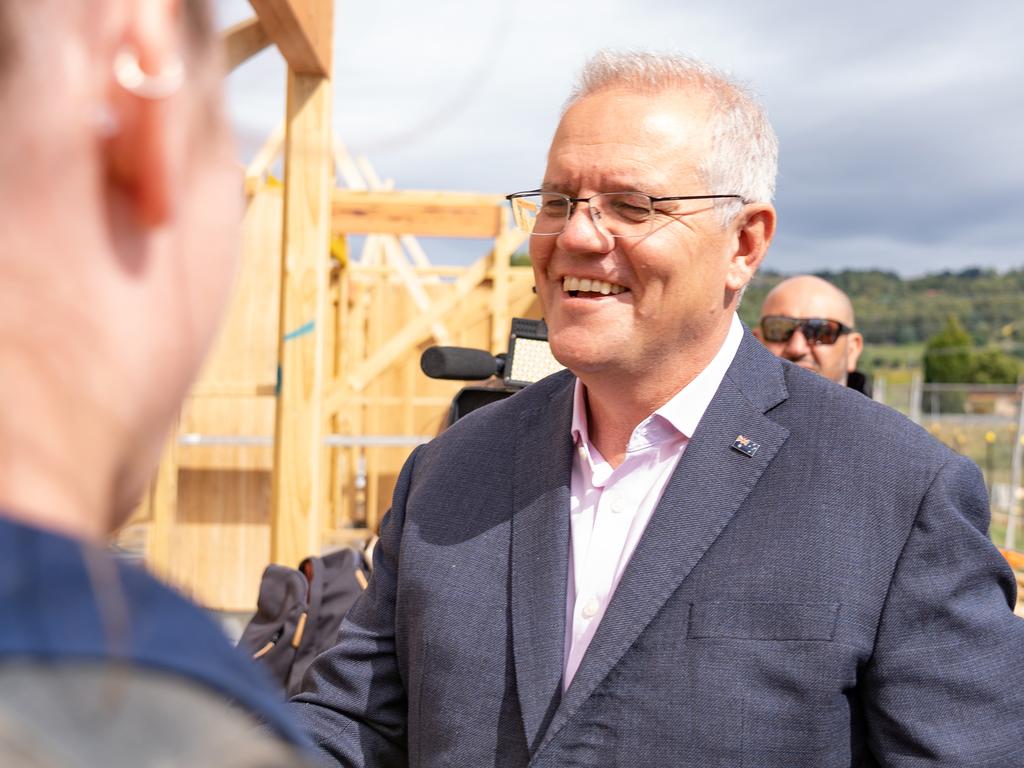

Labor now has a real opportunity to break its 26-year-old cycle of decay and decline at the national level by achieving two results – resurrecting its long-depressed primary vote and winning a parliamentary majority in its own right devoid of reliance on the crossbench.